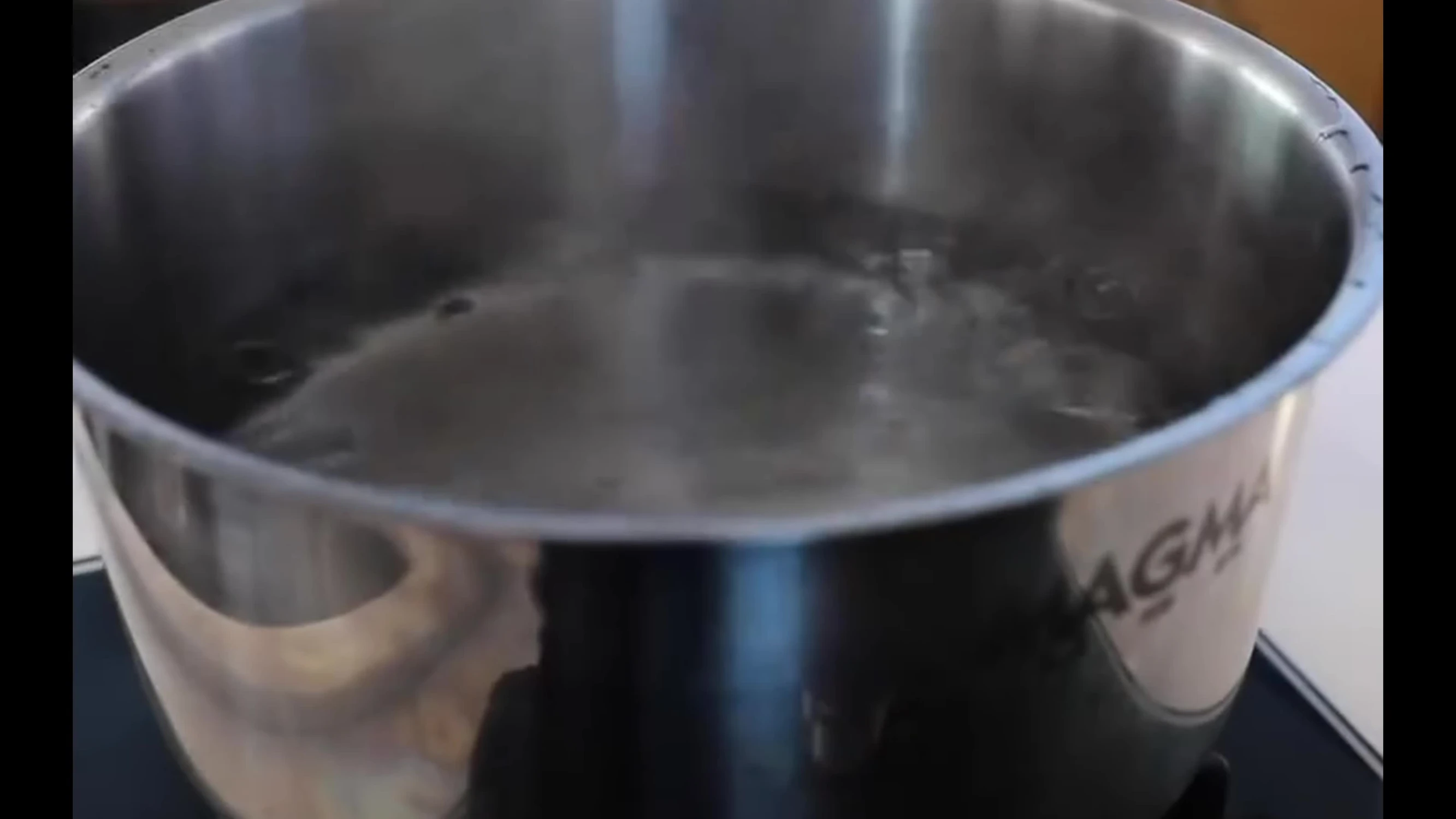Life aboard a sailboat presents unique challenges, particularly when it comes to accessing hot water. Traditional methods are often inefficient, inconvenient, and put a strain on limited power resources, especially when sailing off-grid. This comprehensive guide explores innovative and sustainable solutions for efficient water heating on sailboats, ensuring comfortable hot showers even in remote locations. We'll delve into various approaches to minimize energy consumption and maximize your onboard comfort, helping you make informed decisions based on your specific needs and resources.This guide examines several water heating options, from harnessing the power of the sun with direct solar heating and DC-powered resistance coils, to utilizing alternative technologies like Webasto car parking heaters for colder climates. We will compare the advantages and disadvantages of each method, considering factors like cost, efficiency, solar panel capacity, and climate conditions to help you select the best solution for your sailboat. Ultimately, the goal is to provide you with the information you need to choose a system that ensures reliable and sustainable hot water access for enjoyable and responsible sailing adventures.
Pros And Cons
- Heats water during winter months.
- Available in 12V and 24V options, requiring no mains power.
- Can be found at low cost from used sources.
- Expensive when bought new.
- Heats water using shore power or engine cooling system when available.
- Inefficient when at anchor for extended periods without shore power or engine use.
- Requires engine use for heating, which can be wasteful.
- Uses excess solar power to heat water.
- Can be custom-made to use desired power amount.
- Less efficient than direct solar heating.
- More efficient than using inverters and boiler.
- Cools solar panels, improving their efficiency.
- Only requires a small DC pump.
- Pump can fail if not a 100% duty cycle pump.
- Only effective in summer months.
Read more: Nuwave PIC Titanium Induction Cooktop Review: A Mixed Bag of Features
The Challenge of Hot Water on a Sailboat
Life aboard a sailboat often presents unique challenges, and hot water is a prime example. Traditional methods, such as using a kettle or relying on engine heat, are inefficient and inconvenient. The energy demands of heating water, especially when off-grid, can significantly impact a boat's power resources. Finding efficient and sustainable solutions is crucial for comfort and responsible sailing.

Many sailors face the dilemma of limited hot water access when at anchor or far from shore power. This scarcity necessitates innovative approaches to water heating that minimize energy consumption. This article explores various solutions to make hot showers a daily reality, even in remote locations.
Harnessing Solar Power for Hot Water
Solar power offers a clean and sustainable solution for heating water on a sailboat. If you have a robust solar system, excess energy produced during peak sunlight hours can be redirected to heat water, avoiding waste. This can be achieved in two ways: by using an inverter to power a traditional boiler or, more efficiently, by incorporating a DC-powered resistance coil directly into the water heating system.
A more advanced approach involves using a DC-powered resistance coil. While 12V options are less common, 24V or 48V resistance coils are readily available or can be custom-made to match your solar panel output. This method directly utilizes the DC power from your solar panels for maximum efficiency, eliminating energy conversion losses associated with inverters.
Direct Solar Water Heating
For a truly efficient system, consider direct solar water heating. This method uses the sun's energy to heat water directly, bypassing the need for electricity conversion. This can be implemented by running a pipe coil underneath existing solar panels to collect heat and circulate water through it. The same method may also be used with new solar panels that already include water conduits.
This dual-purpose setup offers several advantages. First, it increases the efficiency of solar panels by cooling them down, as they function better at lower temperatures. Second, it directly heats the water, providing a sustainable and highly efficient hot water solution. A small DC pump is all that's needed to maintain water circulation. The only additional cost is the pump and plumbing required for the system.
Winter Water Heating Solutions
While solar heating is ideal for warmer months, alternative solutions are needed during colder periods when solar energy is limited. Webasto car parking heaters offer a viable option. These heaters, originally designed for car engines, can be repurposed to heat water directly. They are available in 12V and 24V versions, making them suitable for boats without mains power.
These units are incredibly efficient at heating water and can even be found affordably in used condition. The ability to use a 12V/24V version offers greater flexibility and compatibility with boat systems, while significantly reducing energy demands compared to traditional boilers. While the initial cost might be higher than other methods, the long-term efficiency and reliability make it worthwhile.
Conclusion: Choosing the Right System
Selecting the optimal hot water heating solution depends on several factors, including budget, solar panel capacity, and climate. Direct solar water heating offers excellent efficiency in sunny conditions, while Webasto heaters provide a reliable solution for colder months. DC-powered resistance coils offer a balance between efficiency and affordability, while leveraging excess solar energy.
Each method presents unique advantages and drawbacks. Careful consideration of your boating style, power resources, and climate will help you choose the most suitable system for your needs. Remember to factor in the long-term costs of operation and maintenance when making your decision. This ensures comfortable and sustainable hot water access for your sailing adventures.
